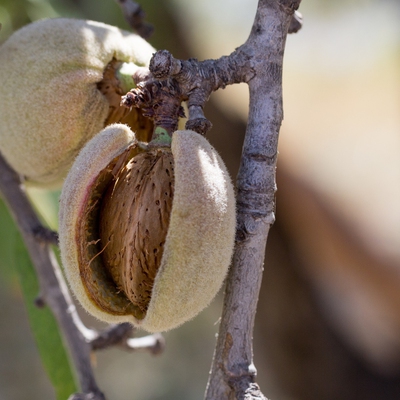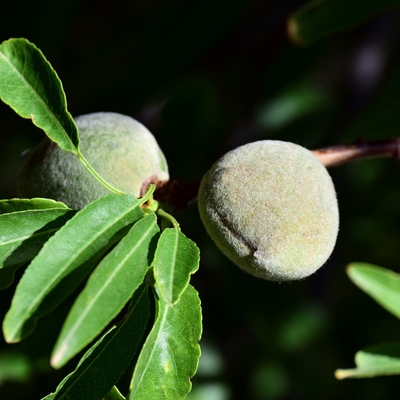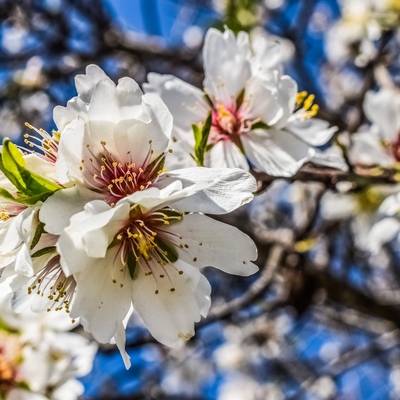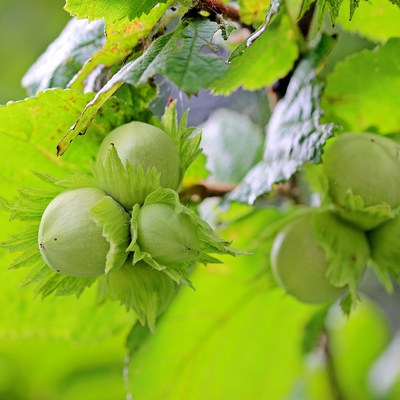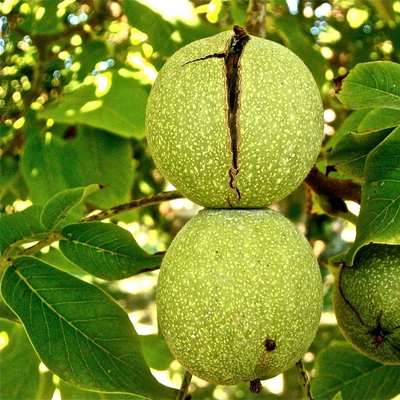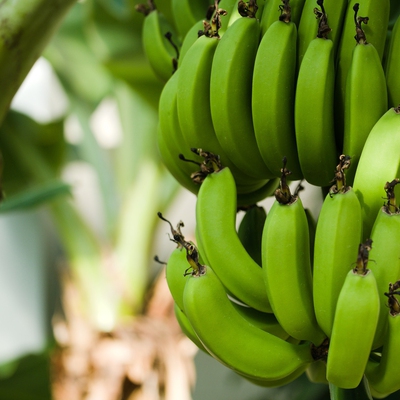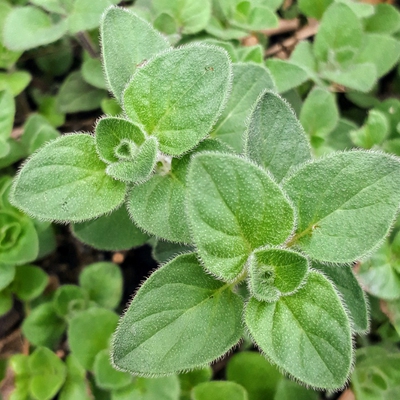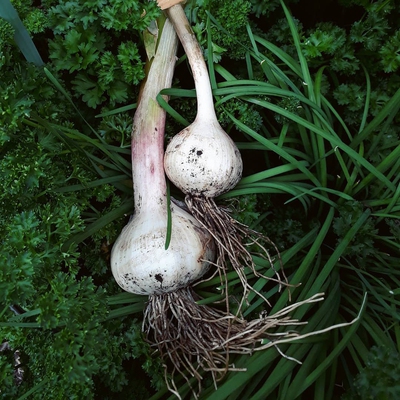Grow your own Almonds with this complete guide. From planting to harvest, we cover everything you need know about growing this delicious nut!
 Soil
Soil
What soil is good for Almonds?
Rich soil full of organic matter such as compost and well rotted manure.
Like most nut trees, Almonds require deep, well draining soil. They will not tolerate waterlogged soil and will develop root rot as a result. Avoid planting in heavy clay unless the soil has been amended. Heavy soils can be improved by incorporating gypsum, organic matter and by mounding the soil before planting to improve drainage.
 Position
Position
How much sun do Almonds need?
Plant Almonds in a sunny position.
 Frost Tolerant
Frost Tolerant
Are Almonds frost tolerant?
Yes, however early spring frosts can damage Almond blooms.
 Spacing
Spacing
How much space do Almonds need?
Space Almond trees at least 6 metres apart.
 Planting
Planting
When should I plant Almonds?
Late autumn or early spring is the best time to transplant most dormant plants. Plants, with the exception of bare-root, can be transplanted at anytime between when the ground thaws and when it freezes (so anytime if you are in a frost free climate). However, if transplanting in the heat of summer, you'll need to be diligent in watering and provide extra shade for your plant in the first few weeks after transplanting.
Dig a hole 2-3 times the width of the root ball. The hole should allow the plant to sit at the same level in the soil as it was previously. Fill the hole with soil ensuring that the crown of the plant, where the roots and stem meet, is level with the soil surface.
Plant out in the early morning or evening and/or on an overcast day. Avoid planting at peak sun times or on windy days, this will allow your plants to settle in comfortably and protect them from windburn and sunburn.
 Feeding
Feeding
What do I feed Almonds?
Top-dress the soil around the Almond tree with well-rotted organic matter in spring, along with a balanced organic fertiliser. Add a 2-3 inch layer of mulch around the tree up to the drip line to retain moisture (be careful not to pile mulch against the tree trunk as this may lead to trunk rot and disease).
 Harvesting
Harvesting
When can I harvest Almonds?
Almonds begin ripening at the top of the tree and work their way downward. Harvest your Almonds when about 95 percent of the hulls on the tree have split open, exposing the shells inside.
 Pests
Pests
What pests do Almonds get?
Pests that affect Almond trees include: Mites, Birds, Pavement Ant, Leafrollers, Stink Bugs, Caterpillars, Borers, Scale.
 Diseases
Diseases
What diseases do Almonds get?
Diseases that affect Almond trees include: Hull Rot, Crown Gall, Shot Hole and Rust, Almond Brownline and Decline, Almond Kernel Shrivel, Almond Leaf Scorch, Alternaria Leaf Spot, Anthracnose, Brown Rot Blossom Blight, Verticillium Wilt
 Notes
Notes
Is there anything else I need to know about Almonds?
At the end of the season, prune the Almond tree in order to remove old or unproductive wood. Open up the centre to let light and air in by removing any overlapping branches, this will help prevent disease.
 Troubleshooting
Troubleshooting
How do I troubleshoot my growing problems?
Most Almond varieties are self-incompatible, this means that they cannot pollinate themselves. For nut production, at least two trees from different varieties will need to be planted to ensure an overlapping bloom time.
